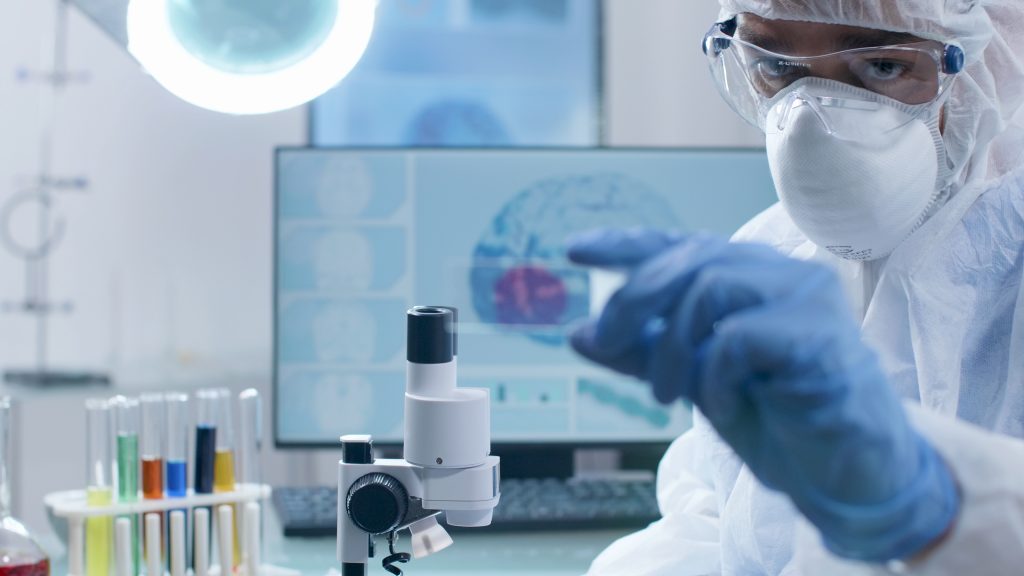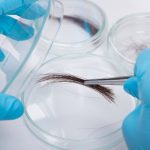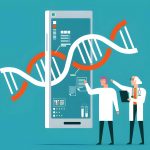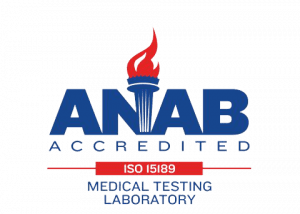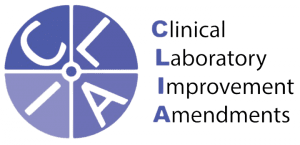Hundreds of gene testing are presently accessible, and many more are in the works. Blood, urine, saliva, bodily tissues, bone, and hair can all be DNA testing.
Test Objectives
Your healthcare professional may order a genetic test for various reasons relating to diagnosis, prevention, and treatment. In judicial cases, genetic testing can be helpful. There are also direct-to-consumer tests available that can help you trace your roots.
Genetic Tests: Principle and Description:
In both medical and non-medical contexts, genetic testing has a wide range of uses. They include
- Diagnostic testing
- Carrier testing
- Paternity testing
- Newborn screening for 21 inheritable disorders, as required by law.
- Pharmacogenetics tests to evaluate whether your genetics may impact your response to pharmacological therapy, notably genetic resistance to viruses like HIV.
Contraindications and Risks
Genetic testing carries only a few physical dangers. A biopsy to extract cells from a solid tumor or bone marrow may be performed if cancer is suspected. Biopsy hazards range from localized discomfort and bruising to scarring and infection, depending on how invasive the surgery is.
Before the Examination
A genetic test does not need much preparation. Prenatal diagnostics, which may involve food and hydration restrictions, may be the lone exemption.
During the Examination
Your testing experience may vary depending on the genetic testing, but certain commonalities exist.
- At the Time of Testing:
The following methods are used to get the model:
- A buccal smear is done by pressing cotton across the cheek’s inner surface. After that, the swab is sealed in a plastic tube and delivered to the lab.
- A saliva sample can be acquired by simply spitting it into a sterile container.
- Screening of newborns A heel prick is used to develop a few drops of blood, known as a Guthrie test. The droplets are collected and delivered to the lab on a blood spot card.
- CVS includes obtaining a tissue sample from the placenta by inserting a cervix or abdominal wall.
- Tissue samples can also be acquired in conjunction with other direct diagnostic procedures like a colonoscopy or an endoscopy.
- Post-Test
In most circumstances, once the genetic sample has been taken, you will be able to return home. Suppose sedation is required (for example, a colonoscopy or a bone marrow biopsy). In that case, you must stay in recovery until the medical team permits your discharge, which usually takes less than an hour.
- Following the Examination
Infection, discomfort, bruising, and bleeding is risks associated with needle procedures. Contact your healthcare professional if you get a high temperature or notice redness, swelling, or discharge around the biopsy site.
If you were sedated, you might have dizziness, exhaustion, nausea, or vomiting when you go home. The symptoms are generally modest and go away within a day. Drinking enough water might help you avoid nausea and vomiting.
- In the Laboratory
Depending on the test’s goals, the sample may go through one of many methods to isolate the gene under inquiry. After that, a report is created that lists all of the variations, both regular and aberrant, the information which may need to be interpreted by a geneticist.
The Results and Their Interpretation
Commercial laboratories, including ChoiceDNA, are often speedier in DNA testing than institutional or research laboratories. A positive result shows the presence of A detrimental mutation increases your likelihood of developing an illness, but it isn’t always guaranteed.
A mutation with undetermined consequences is an ambiguous outcome, often known as a “variation of uncertain significance” (VUS). While many of these mutations are harmful, some may be advantageous. If you are searching for a DNA test near me, ChoiceDNA is the best option in various regions of the United States. The findings of a follow-up genetic test can either be an endpoint, allowing for a precise diagnosis and treatment plan, or a starting point, needing more inquiry or health monitoring.

